Every step in refraction statics determination involves intrepretation. On acquisition, many decisions impact the quality of the refraction analysis: array lengths, group and shot intervals, furthest distance, wide vs narrow azimuth, source types, receiver types, etc. Each of these decisions should and probably rarely or never are considered from the point of view of refraction statics. On data input, do we pick every shot, every fifth? Do we subsample? Do we cut the data off at 2000 meters? Do we cut the data off at 2 seconds? If these are dynamite data, are the uphole data reliable? What event do we pick? How many refractors do we pick? Do we change refractor assignment spatially around the survey? Can we? Are there geometry problems: shot or receiver mislocations, pattern problems? Do the refractor analyses look geologically plausible? The answers to all of the above require an interpretative approach to the problem.
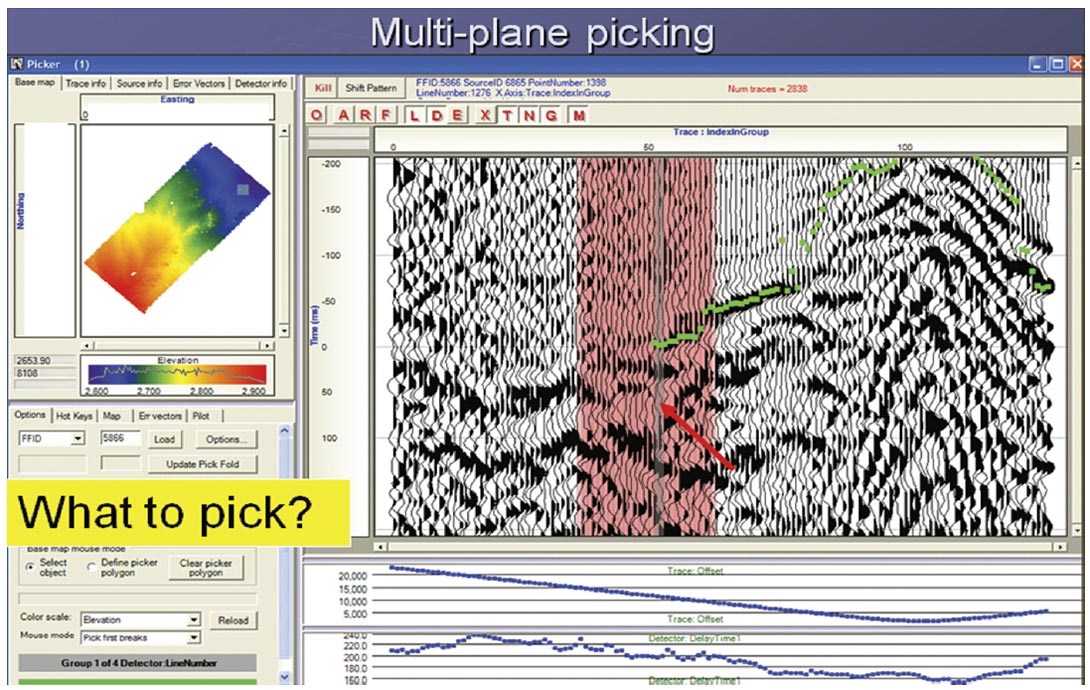
First Break Picking
It’s not always obvious knowing what the pick as a first break. Some shot records are noisy. Others are ambiguous. Sometimes picking in alternate planes or orientations can help eliminate some of the ambiguity. Also, we do not want to pick the “first break” but instead must pick a deeper, refracted arrival, a second or third break.
Conventional vs Tomography
Once the trace data have been picked, we must determine which class of algorithm to use. In some cases, where an abrupt refractor exists, such at the subkha at the base of sand dunes, conventional refraction analysis which is often used. These type of situations are difficult to model with “turning ray” approaches such as tomography. Conventional analysis attempts to create a time-expression of the refractor or refractors.
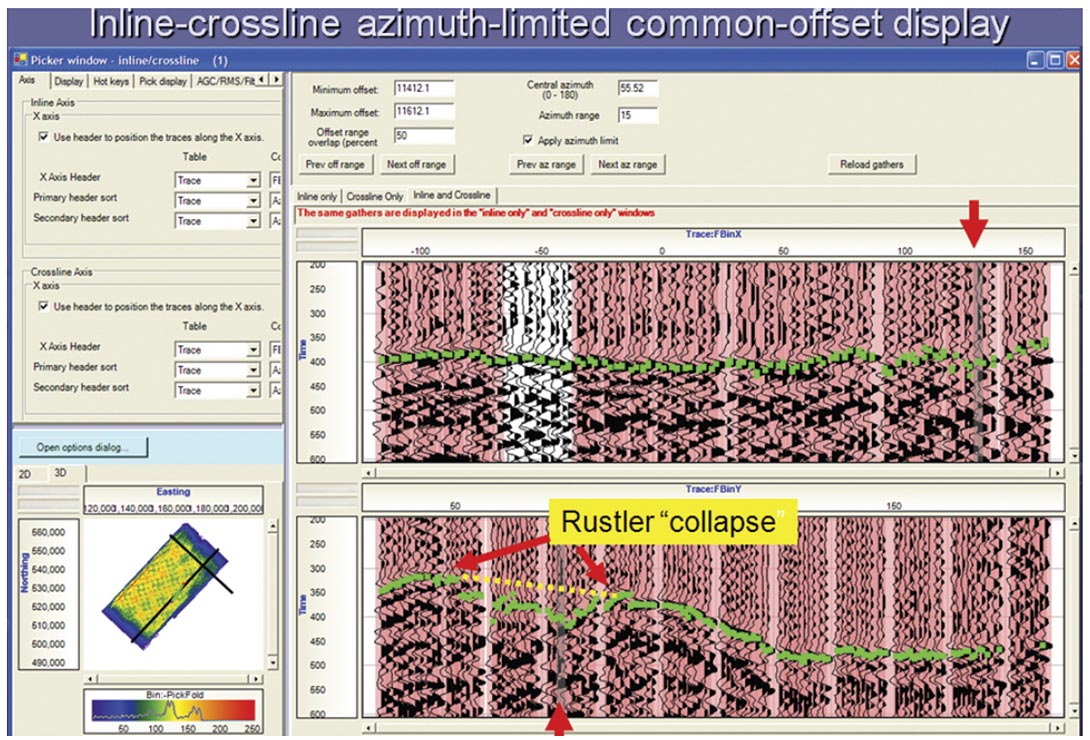
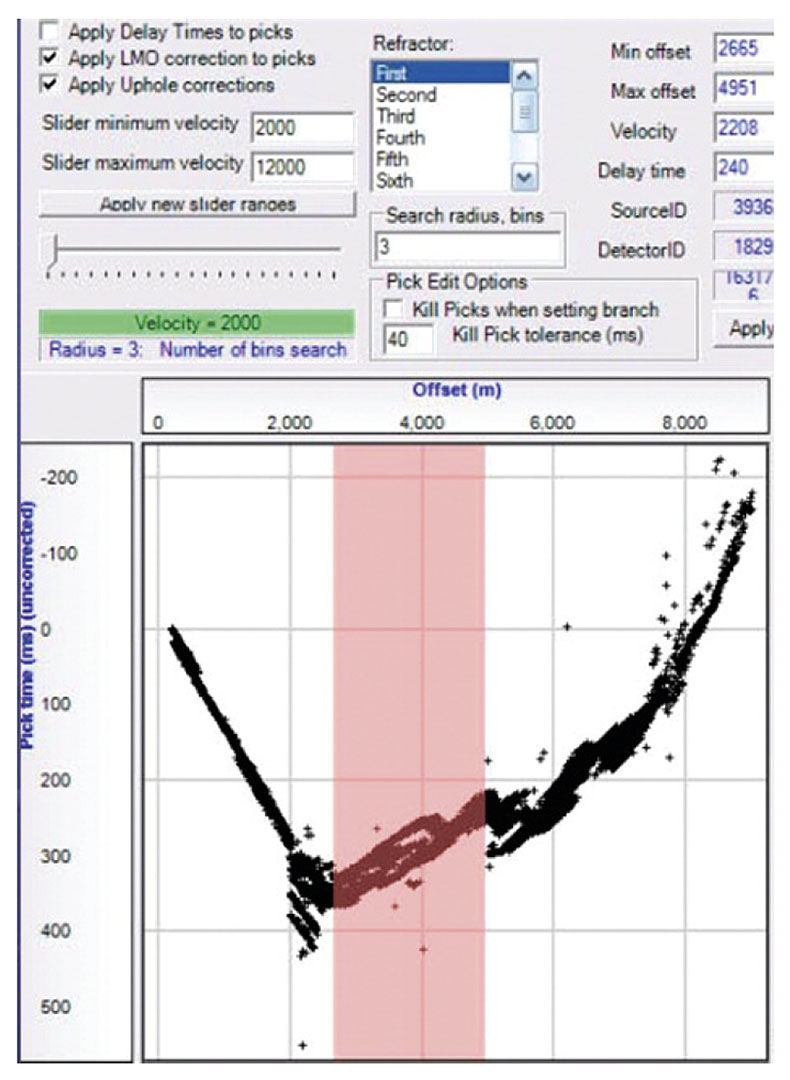
Refractor Assignment and Analysis
In the software used to illustrate this paper, picks are assigned to refractors for subsequent analysis. Some offset ranges of picks are used, others are not. The analysis of the refracted arrivals yields the time expression of the refractor (delay times) and the velocity of the layer directly beneath the weathering layer (refractor velocity). The delay times and refractors should be examined for geological or geophysical plausibility.
Conventional – The Near-Surface Model
The time expression of the refractor must now be converted into a depth model so that we can compute statics. The time expression of the refractor is virtually unique and can be confirmed directly by applying the time model to the traces. However, there are an infinite number of earth models perfectly consistent with the delay times and refractor velocities, each implying different statics.
At this point, the analyst (think “near-surface interpreter”) must supply either some idea of the weathering velocity field or the shape of the refractor. Sometimes the velocity is determined by “rule of thumb” so to speak, such as the ubiquitous 610 m/s. Other quick solutions are half the refractor velocity.
Sometimes we can observe refractor model behavior to take an educated guess at the weathering velocity. The following example shows a sand dune situation where 3 different velocities were assigned to the sand layer. In this situation, the middle model derived from a sand dune velocity of 850 m/s was considered as superior to the models derived from 700 m/s and 1000 m/s.
Turning-Ray Tomography
In complex near-surface situations, turning ray tomography often determines superior near-surface models to conventional approaches, such as described above. Even in this situation, the analyst must decide the resolution of the tomographic analysis. Likewise, it may be decided that the tomography is best run on a limited range of offsets.
Datum and Statics
In either case, conventional or tomographic, statics must ultimately be computed. Typically, statics are computed to a datum surface at a replacement velocity. These parameters may have nothing to do with the seismic data themselves. The datum may be in the air or deep below the refractor … or in very rugged topography, both. In these situations an intermediate datum is often introduced to lies at or near the base of weathering. In continuous tomo-derived models, the “base” of the weathering is often arbitrary.
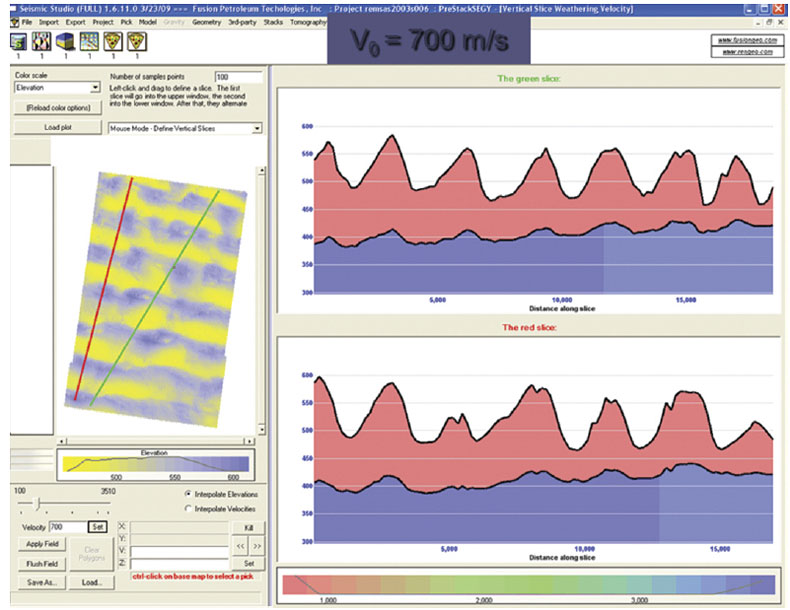
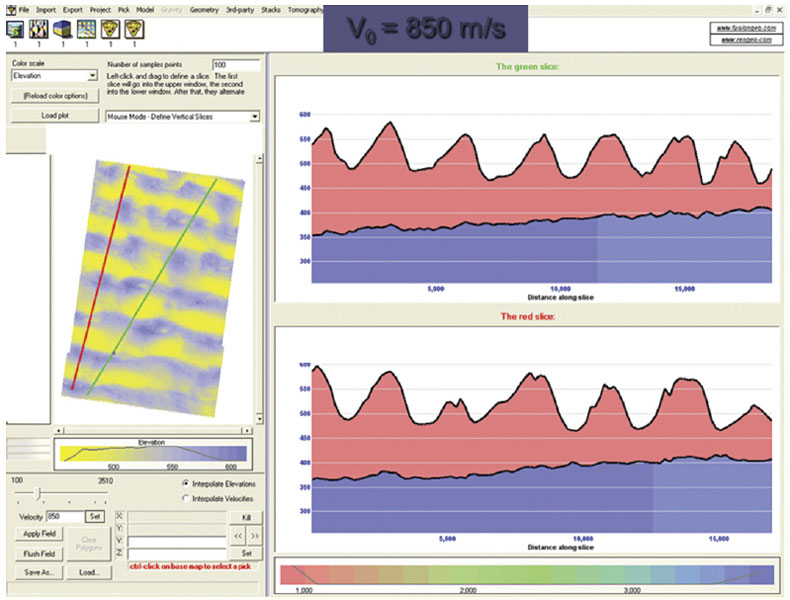
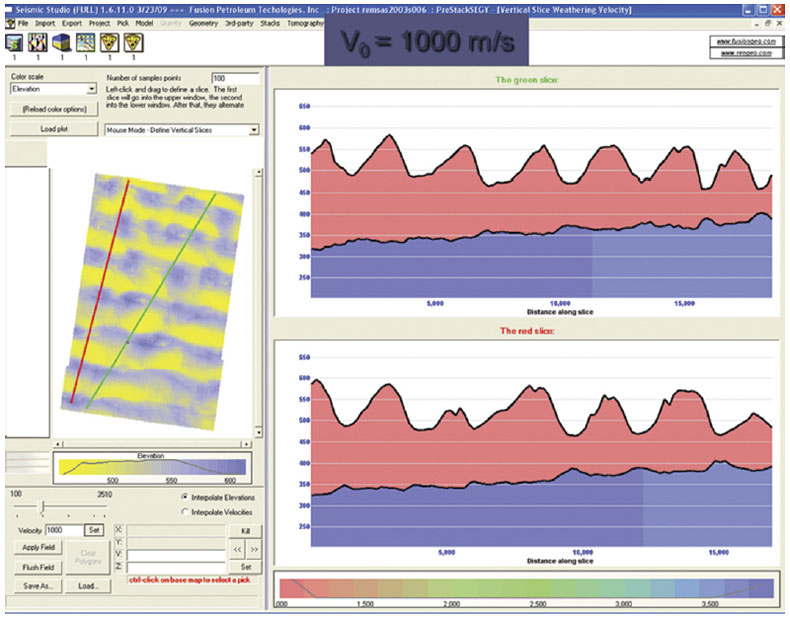
Conclusion
This paper illustrates that all aspects of refraction statics estimation are highly interpretive. Given the nature of the near-surface, typically slow velocities and variable thicknesses, the implications of a wrong interpretation can have deleterious effects in later time and depth imaging processes, such as PSDM and PSTM.
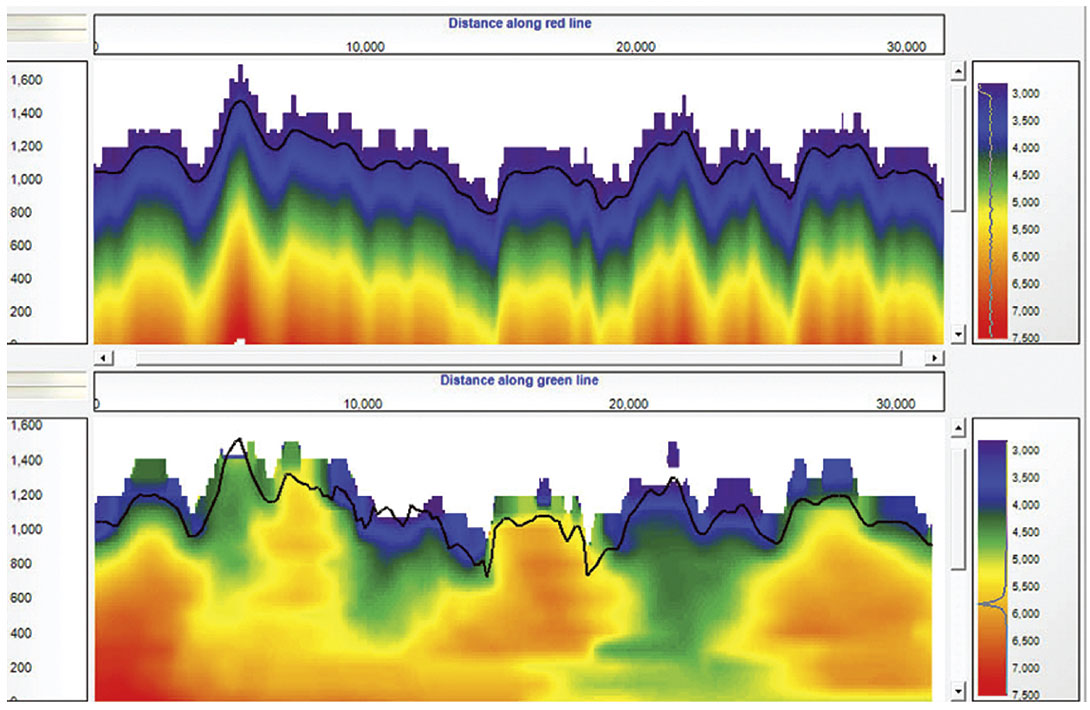











Join the Conversation
Interested in starting, or contributing to a conversation about an article or issue of the RECORDER? Join our CSEG LinkedIn Group.
Share This Article